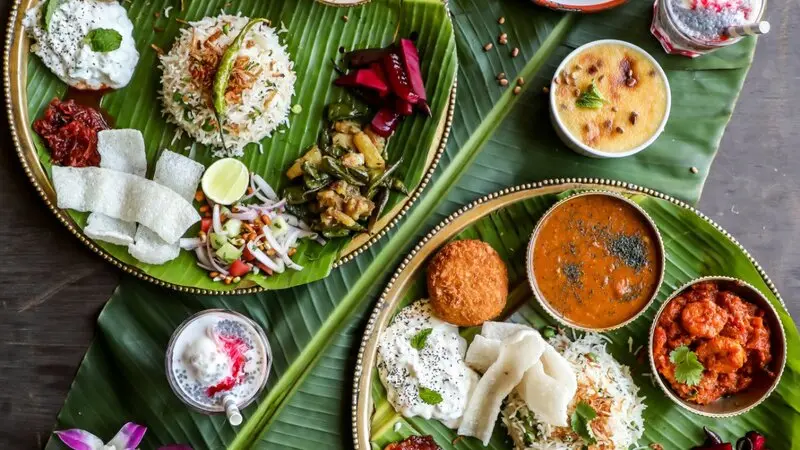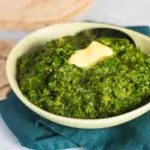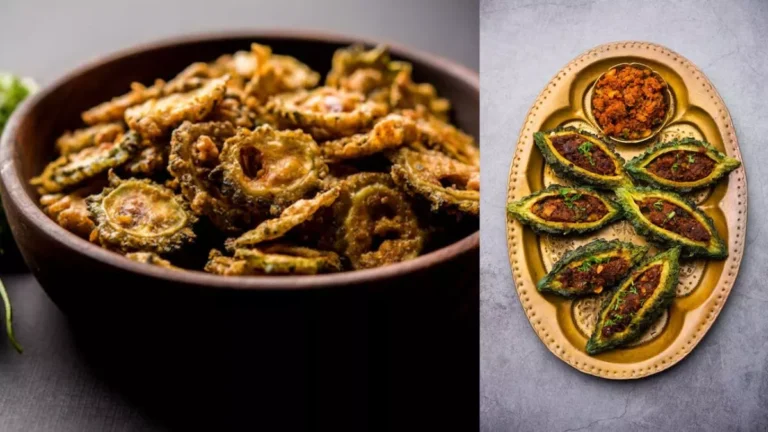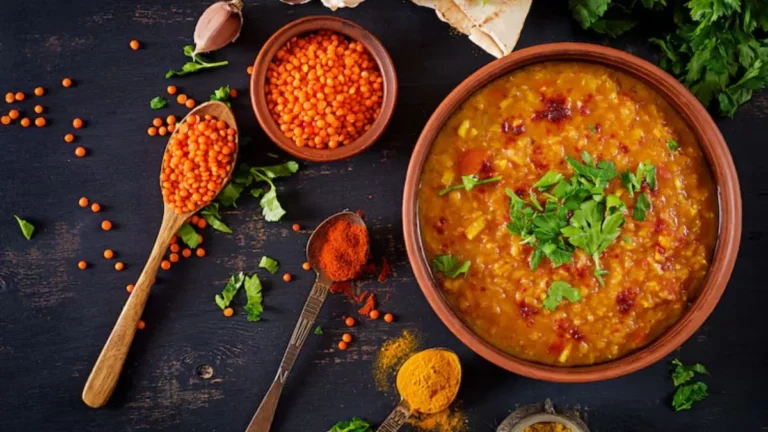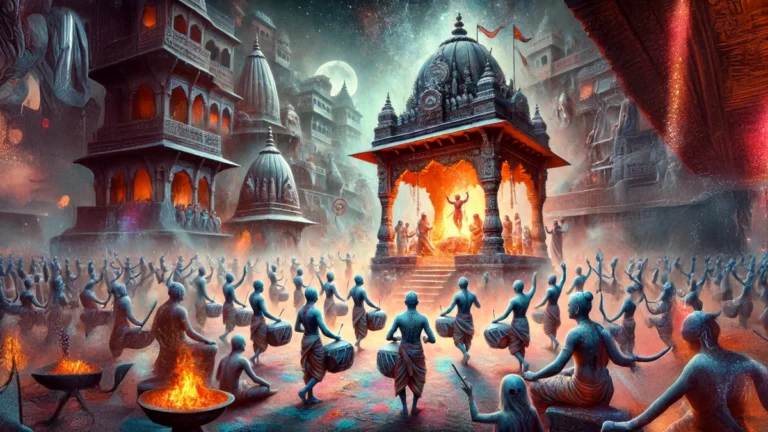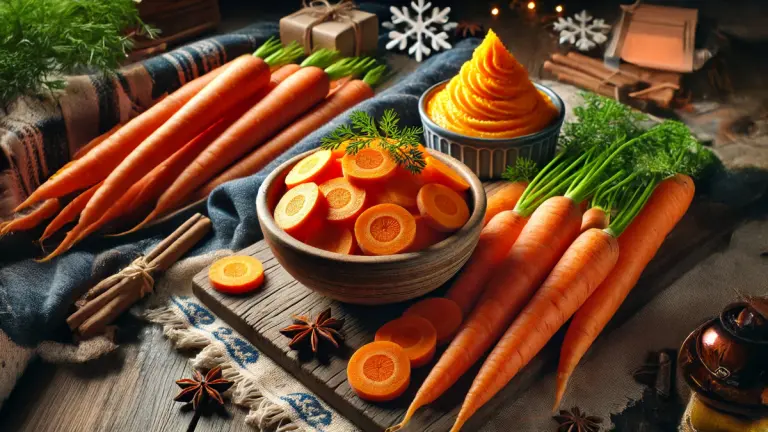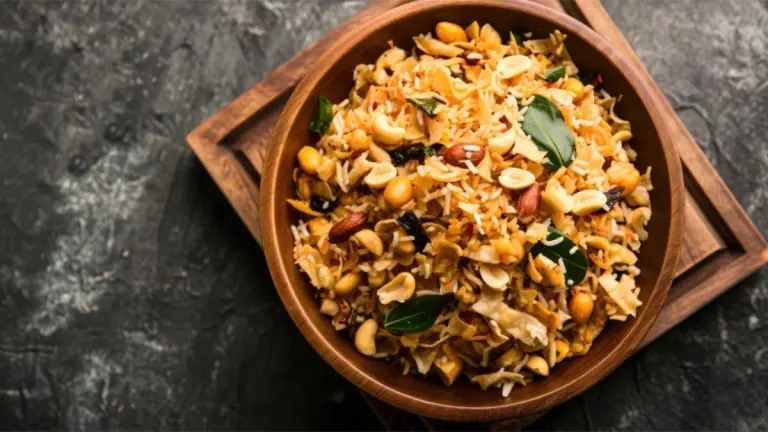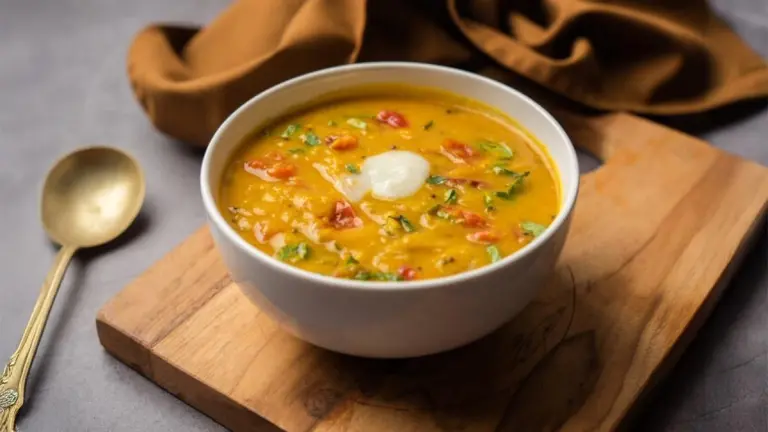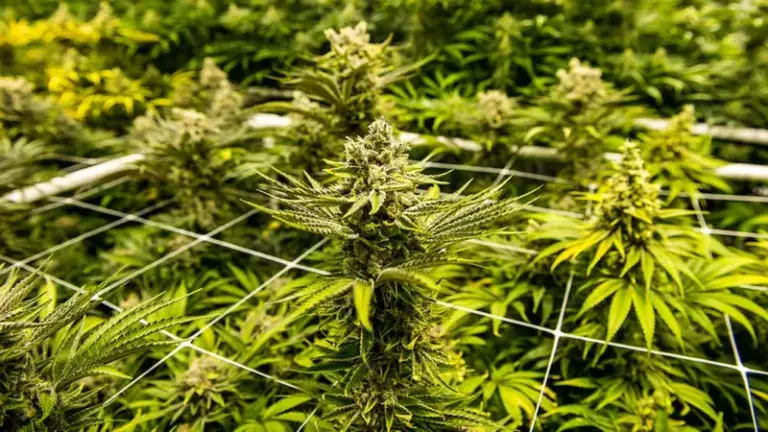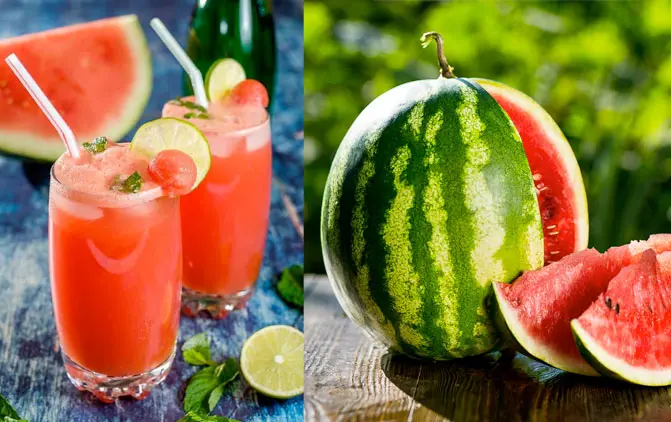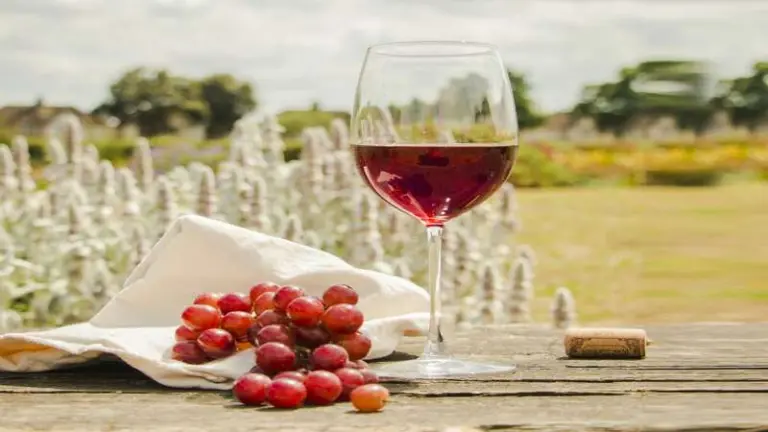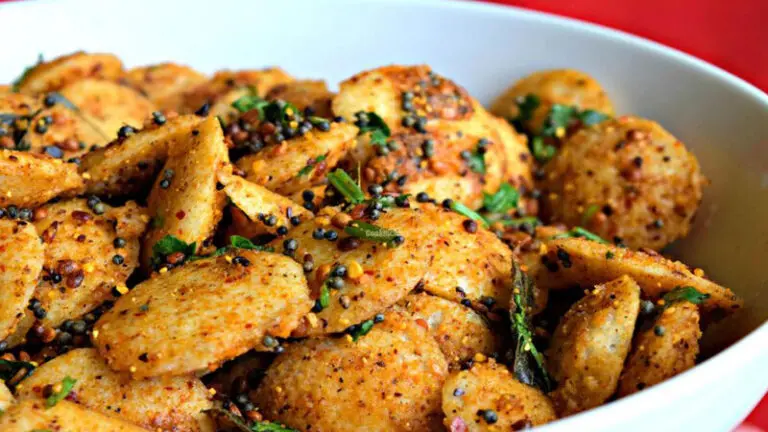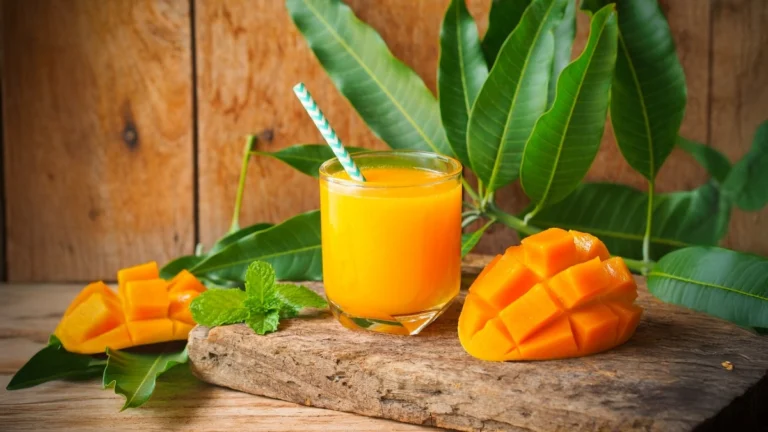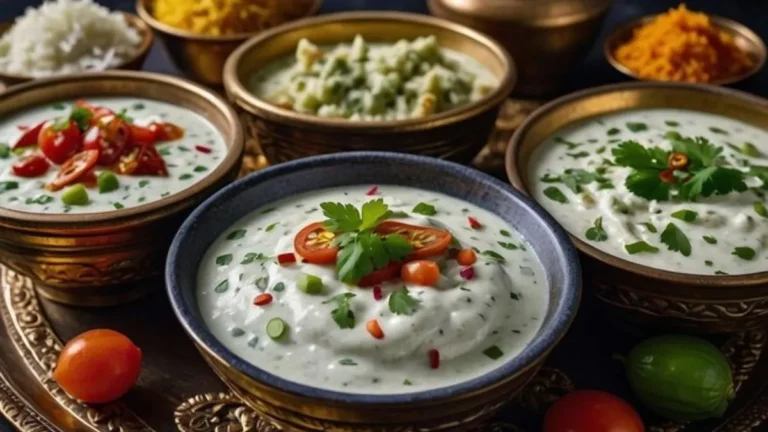Parsi cuisine is a unique and flavorful culinary tradition that is deeply rooted in the history and culture of the Parsi community in India. The Parsis are followers of Zoroastrianism, one of the world’s oldest religions. They migrated to the Indian subcontinent from Persia (modern-day Iran) around the 8th century AD to escape religious persecution. Over the centuries, the Parsis have developed their own distinct cuisine, blending Persian, Gujarati, and British culinary influences.
In this article, we will explore the history and key features of Parsi cuisine.
Historical Background:
The Parsis trace their origins back to ancient Persia, where Zoroastrianism was the dominant religion. However, with the advent of Islam in the 7th century, Zoroastrians faced severe persecution, and many sought refuge in neighboring regions. Some Zoroastrians, known as Parsees or Parsis, made their way to the western coast of India, particularly Gujarat. These early settlers brought with them their language, customs, and most importantly, their culinary traditions, which eventually evolved into Parsi cuisine.
The Parsis brought with them their food culture and cooking techniques from Persia. They were influenced by the Persian and Central Asian cuisines. Over time, they adapted and incorporated local Indian ingredients and cooking styles, creating a unique fusion cuisine that is distinct from both Persian and Indian cuisines. Some of the key ingredients used in Parsi cuisine include rice, wheat, lentils, vegetables, meat, fish, and various spices and herbs.
Events
One of the most significant events in the history of Parsi cuisine was the arrival of the Portuguese in India in the 16th century. The Portuguese introduced new ingredients like potatoes, tomatoes, and chillies to India. They soon became an integral part of Parsi cuisine. The influence of the Portuguese also led to the introduction of European cooking techniques. Also there were dishes like cakes, puddings, and custards, which were adapted and localized by the Parsi community.
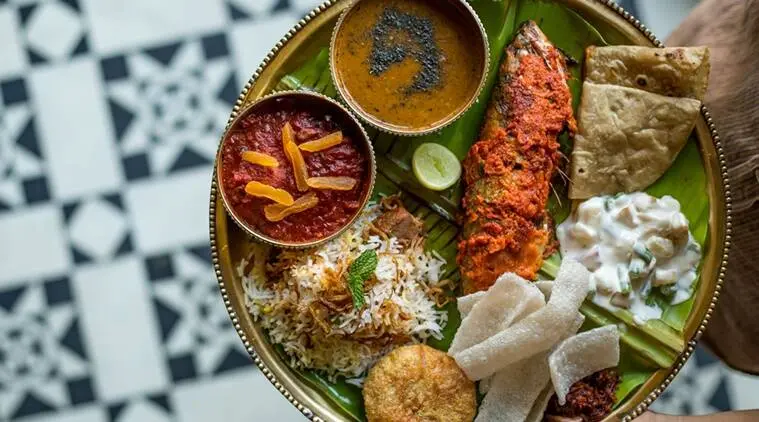
Culinary Influences:
Parsi cuisine is a delightful fusion of various culinary traditions. The Persians introduced aromatic spices such as saffron, cardamom, and cinnamon, along with techniques like slow cooking and the use of dried fruits and nuts. The Gujaratis, on the other hand, influenced the cuisine with their vegetarian preferences. They also use lentils, rice, and vegetables. The British, who ruled India for several centuries, left their mark through the introduction of ingredients like potatoes, tomatoes, and Worcestershire sauce.
Key Ingredients and Flavors:
Parsi cuisine is characterized by its bold and robust flavors. Some key ingredients commonly used in Parsi dishes include meat (particularly mutton and chicken), fish, eggs, lentils, rice, coconut, tamarind, jaggery (unrefined sugar), and a variety of spices. The flavors are a harmonious balance of sweet, sour, and spicy. It creates a unique taste that distinguishes Parsi cuisine from other regional cuisines in India.
Signature Dishes:
Parsi cuisine boasts a range of mouthwatering dishes that are loved by both Parsis and non-Parsis alike. One such dish is Dhansak, a slow-cooked meat and lentil curry flavored with a blend of spices, served with caramelized rice. Another popular dish is Patra ni Machi, which is steamed fish marinated in a paste made of green chilies, coconut, coriander, and mint, wrapped in banana leaves. Sali Boti is a rich and spicy meat curry garnished with crispy potato straws. Other notable dishes include Jardaloo Salli Murghi (chicken with apricots and potato straws), Parsi-style scrambled eggs, and Lagan nu Custard (a baked caramel custard dessert).
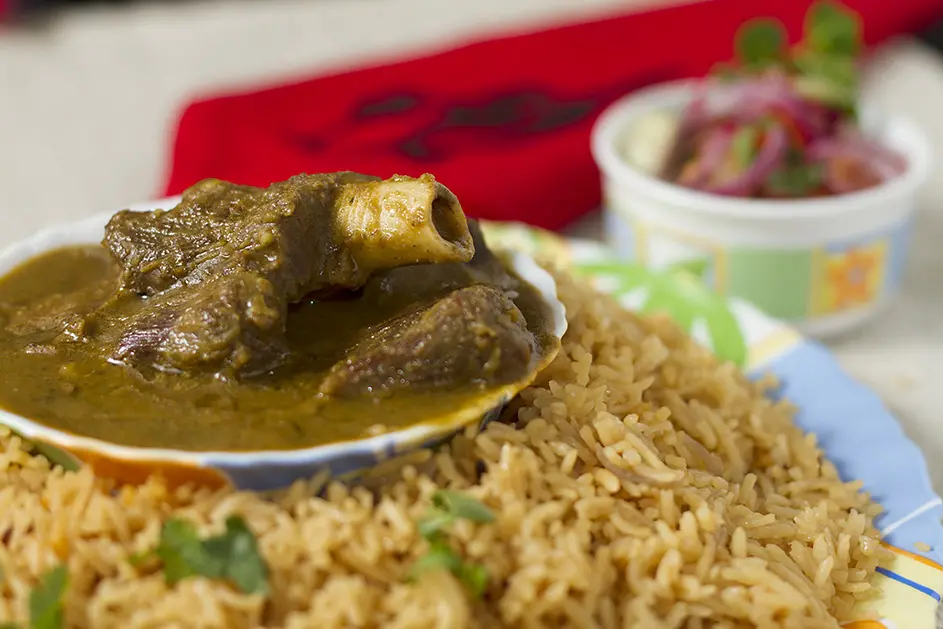
Community Traditions and Festivals:
Parsi cuisine is closely intertwined with community traditions and festivals. One such occasion is Navroz or the Parsi New Year, which falls in the spring season. On this day, Parsis indulge in a lavish feast known as the Navroz Daboo. It includes a variety of traditional dishes. Another significant event is the wedding feast, where an array of delectable dishes are served to celebrate the union of two individuals.
Preservation of Tradition:
Despite the modernization of Indian society and the Parsi community, there has been a concerted effort to preserve the culinary traditions of Parsi cuisine. Traditional recipes are often passed down through generations, and community cookbooks have been published to document and promote Parsi cuisine.
Key Ingredients in Parsi Cuisine:
Rice: Rice is a staple ingredient in Parsi cuisine and is used in a variety of dishes, including pulao, biryani, and khichdi. The Parsi style of cooking rice involves sautéing the rice with onions and spices before boiling it in water or stock. It gives it a rich and flavorful taste.
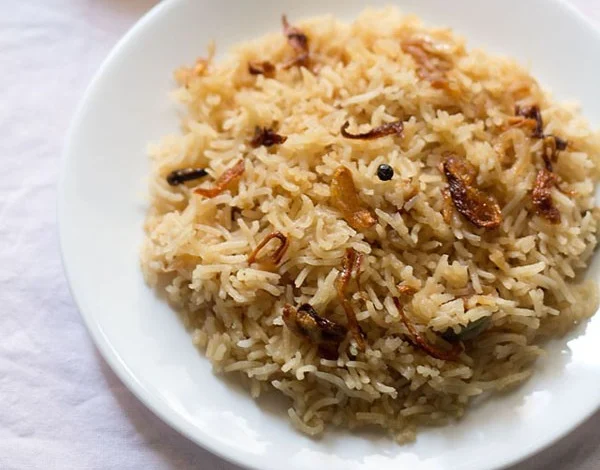
Meat: Parsi cuisine is known for its use of meat, especially mutton and chicken. Some of the popular meat dishes in it include Dhansak, Sali Boti, and Jardaloo Salli Boti. The meat is typically cooked in a spicy and tangy gravy made with a blend of spices and herbs.
Fish: The Parsis are known for their love of fish, which is a staple in their diet. Pomfret, prawns, and Bombay duck are some of the popular fish used in cuisine. Fish is typically prepared with a spicy and tangy marinade made with tamarind, lemon, and a blend of spices.
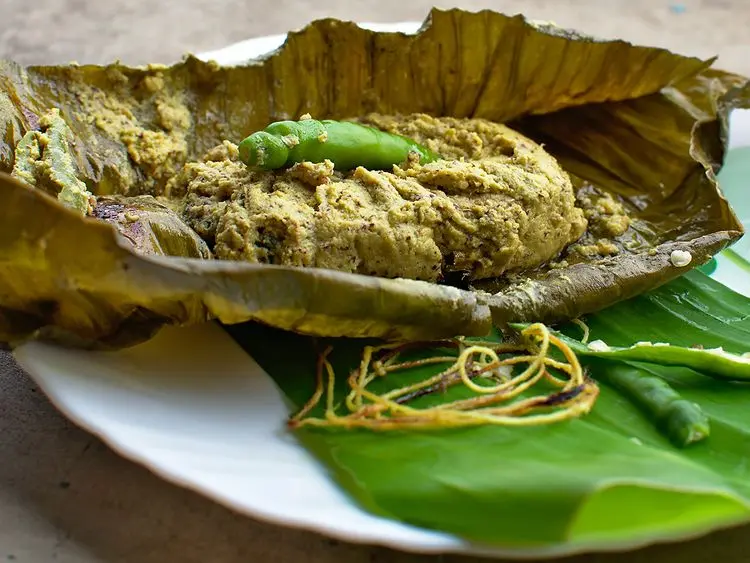
Vegetables: Parsi cuisine also includes a variety of vegetarian dishes made with vegetables like potatoes, eggplants, and okra. Moreover, some of the popular vegetarian dishes in cuisine include dhansak dal, bhindi per eedu, and patra ni machhi.
Spices: Parsi cuisine makes use of a wide range of spices, including cumin, coriander, turmeric, cinnamon, cardamom, and cloves. These spices are used to add flavor and aroma to the dishes and give them their characteristic taste.

